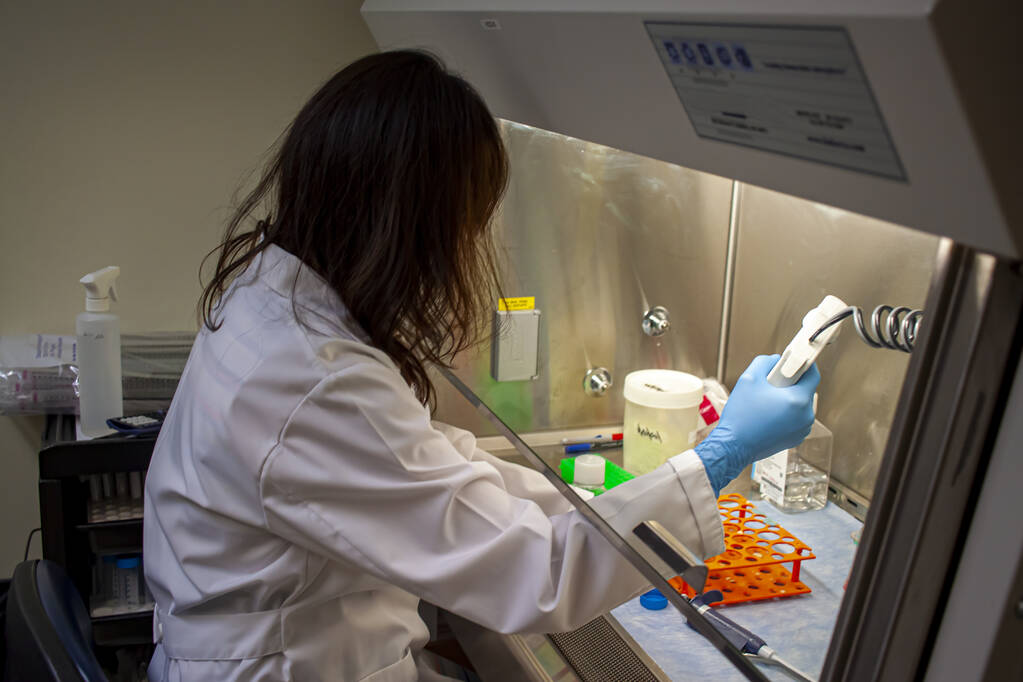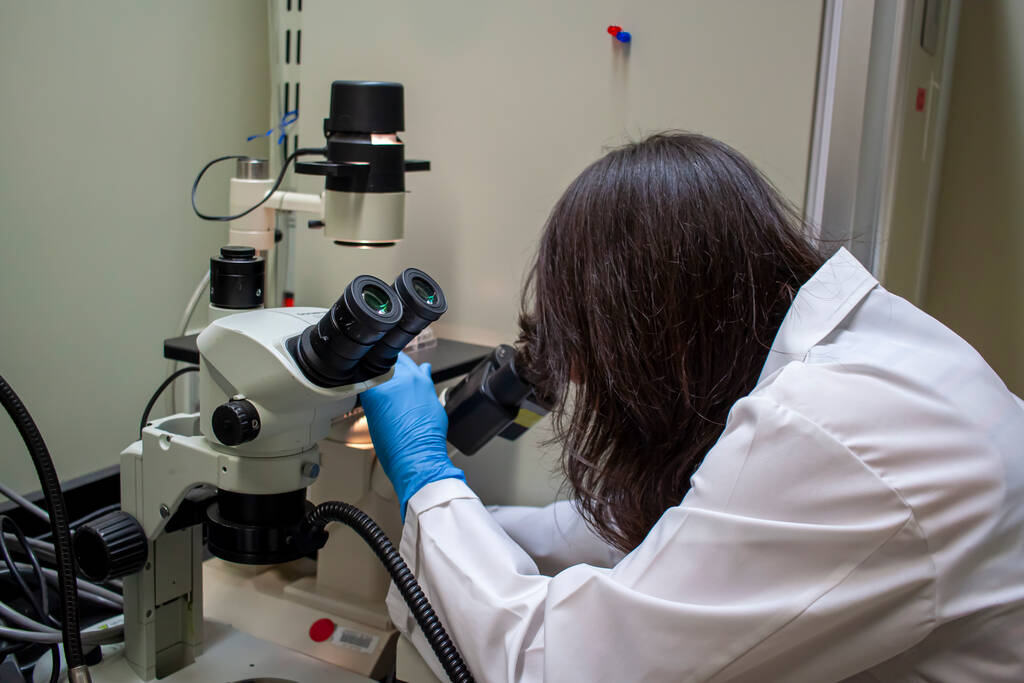In the realm of drug testing, various methods are employed to detect the presence of substances in an individual’s system. One such method gaining popularity is hair drug testing. Unlike other methods that primarily rely on bodily fluids, hair drug testing provides a unique insight into an individual’s drug history over an extended period.

This article aims to explore the intricacies of hair drug testing, its advantages, limitations, and the science behind its detection.
Understanding Hair Drug Testing
Hair drug testing involves analyzing a small sample of hair to detect the presence of drugs or their metabolites. The process begins by collecting a hair sample from the scalp or other parts of the body, such as the arms or legs. The sample is then sent to a laboratory where specialized techniques are employed to identify drug molecules within the hair shaft.
Why Hair?
Hair has become a popular specimen for drug testing due to its ability to store a record of drug use. When a person consumes drugs, the substances and their metabolites circulate through the bloodstream. As hair grows, these substances are incorporated into the hair shaft, essentially trapping them within the hair strands. This unique characteristic allows for a more extended detection window compared to other testing methods.
Detection Window
One of the key advantages of hair drug testing is its impressive detection window. While urine or blood tests can only detect recent drug use, typically within a few days, hair drug testing has a longer timeframe. In general, hair drug testing can detect drug use within the past 90 days, or even up to a year in some cases. This extended detection window makes it a valuable tool for assessing an individual’s long-term drug use patterns.
Drugs Detected
Hair drug testing can identify a wide range of substances, including illicit drugs, prescription medications, and even alcohol. Common drugs that can be detected through hair testing include marijuana, cocaine, amphetamines, opiates, benzodiazepines, and phencyclidine (PCP), among others. The test can also distinguish between different drug metabolites, providing insight into the specific substances that have been used.
The Science Behind Hair Drug Testing
Hair drug testing relies on the principle of immunoassay screening and confirmatory testing using advanced analytical techniques such as gas chromatography-mass spectrometry (GC-MS) or liquid chromatography-tandem mass spectrometry (LC-MS/MS). These methods allow for the precise identification and quantification of drug molecules within the hair sample.
Challenges and Limitations
While hair drug testing has many advantages, it is not without limitations. One significant limitation is the inability to determine the exact timing and frequency of drug use accurately. Since hair growth rates can vary among individuals, it is challenging to determine whether a positive result corresponds to recent or historical drug use. Additionally, external contamination or exposure to environmental sources of drugs can potentially lead to false positive results, although laboratory protocols are in place to minimize this risk.
Ethical and Legal Considerations
As with any drug testing method, hair drug testing raises ethical and legal considerations. Privacy concerns are paramount, as the collection of a hair sample invades an individual’s personal space. Employers, organizations, and regulatory bodies must adhere to legal frameworks and ensure that hair drug testing is conducted with proper consent, confidentiality, and procedural fairness.

Hair drug testing offers a unique perspective into an individual’s drug use history, boasting an extended detection window compared to other testing methods. It provides valuable insights for various applications, including workplace drug testing, forensic investigations, and rehabilitation programs. However, it is essential to acknowledge the limitations and ethical considerations associated with this method.
Learn more at Wiki as well.